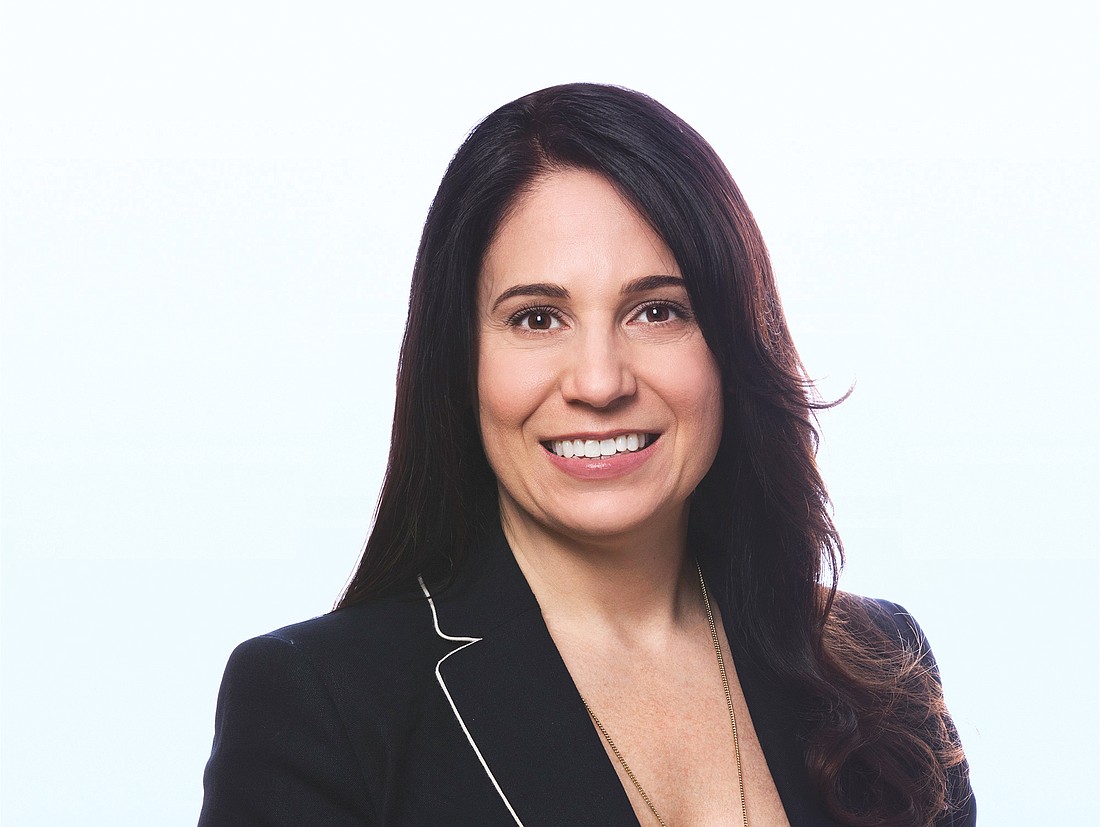
By Seda Preston | Associate Director, Industrial Services, Colliers
As we begin 2023, the industrial real estate outlook in Jacksonville remains strong, though it is beginning to moderate.
Absorption outpaced deliveries in 2022 and we continued to experience historically low vacancy rates, with functional product vacancy at less than 1% for the entire year. As we move into 2023, we expect an increase in vacancy.
There is currently 4.7 million square feet of industrial distribution space under construction and scheduled for delivery by the end of 2023. That might seem like a substantial number, but we do not anticipate a significant increase in vacancy because half of that space is poised for absorption by Q2 2023.
We continue to experience strong leasing activity and are currently tracking about 11.5 million square feet of tenants in the market, though leasing activity has softened from the post-pandemic height of late 2020 and 2021.
The industrial sector, as a result of economic uncertainty related to rising interest rates and inflation, has experienced a decline in investment sales volume. The sector that had everyone clamoring to buy industrial assets has taken a hit with Colliers’ research showing an 80% decline in industrial investment sales volume year-over-year from November 2021 to November 2022.
Most of that decline, however, is related to the artificially inflated post-pandemic sales pace and is actually only down about 30% from the same average monthly sales volume for the five years prior to 2020. There is an abundance of capital waiting to be deployed, and we anticipate a trend of sellers adjusting their expectations and institutional capital acclimating to the new normal interest rates, which should lead to increased sales volume over the next several quarters.
Development has moderated as well, especially for groups seeking traditional debt on speculative, ground-up construction projects, but interest in the Southeast remains robust among industrial developers.
Jacksonville, with a population of 1 million, more than half of which is in the labor force, along with the assets of our seaport, logistical advantages and comparatively low cost of living, remains in a position to continue attracting more industrial occupiers and developers.
Seda Preston is a member of the NAIOP Commercial Real Estate Development Association Northeast Florida Chapter.